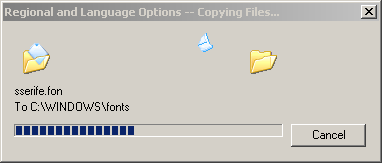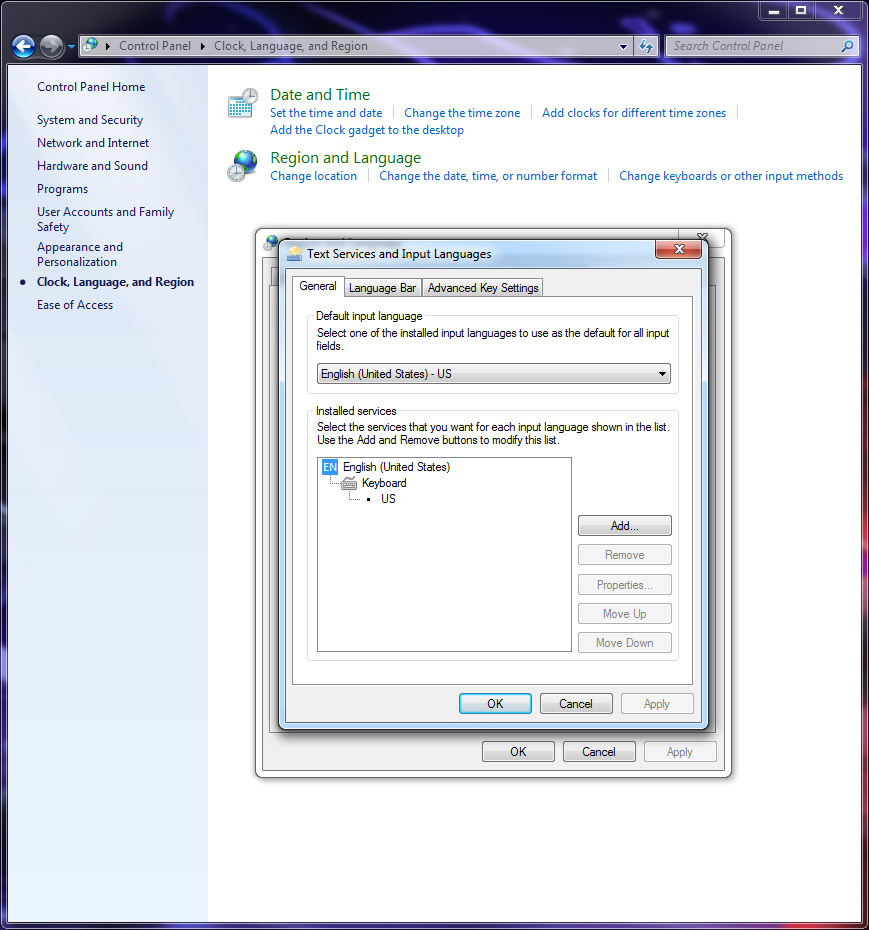East Asian Languages Installation Files For Windows
Excel for Office 365 Word for Office 365 Outlook for Office 365 PowerPoint for Office 365 Excel 2019 Word 2019 Outlook 2019 PowerPoint 2019 OneNote 2016 OneNote 2013 OneNote 2010 Office 2016 Excel 2016 Word 2016 Outlook 2016 PowerPoint 2016 Excel 2013 Word 2013 Outlook 2013 PowerPoint 2013 Excel 2010 Word 2010 Outlook 2010 PowerPoint 2010 Office 2010 Office 2013If someone creates a document on a computer with an East Asian language version of Office, that document might look different when shared with someone else who does not have East Asian fonts installed on their computer. Office programs will substitute the original font with the closest available installed font, which may result in odd spacing between characters. You can add the language you need for the fonts to display correctly.Although it can occur with any language, a font conflict is most likely to occur with users of the new East Asian fonts that come with Office 2016, because users of earlier versions of Office will not have these fonts installed.
Note: In Office 2016, the new default font for the Simplified Chinese version of Excel, Word, PowerPoint, Outlook, and OneNote is Dengxian. If you’re using Office 2010 or Office 2013, you can install the Dengxian font pack from the.To add the East Asian fonts, you need to install the East Asian language. Installing the East Asian language does not necessarily change the default language you use with Windows; it simply adds the East Asian language as an additional language and downloads the related fonts. Add a language and associated fonts.Click the Windows Start button, click Settings, and then click Time & language.Click Region & language, and then click Add a language.Click the language for the font you want to add. El clon download episodes of kumkum 2016. Any fonts associated with that language will be downloaded, and your text should display correctly.See Also.
When you try to install files for East Asian languages, you are asked for a Windows XP installation disk. These days, Windows comes pre-installed, so few people have a real Windows XP disk. Here’s how to install without the DVD/CD-ROM.

Only Happens on Earlier Versions of Windows XPI bought two Thinkpad laptops with Windows XP in 2002 and 2007. The 2002 (no service pack, I think) exhibits this problem; the 2007 model (Service Pack 2) does not. So some time between 2002 and 2007, this ceased being an issue.
Installation ProcedureThe key is that the East Asian language installation files are on your hard drive, not some separate DVD or CD-ROM.Here is how to install East Asian languages on English Windows XP:. In the Control Panel, go to Date, Time, Language, and Regional Settings.
Select Add other languages. The Regional and Language Options form will appear. Select the Languages tab.
Check Install files for East Asian Languages. Dismiss the Install Supplemental Language Support dialog that warns you of how this will consume lots of disk space.

Click OK in the Regional and Language Options form. You will be asked to specify a location for the files. The file browser will ask you to insert your Windows XP installation disk, and propose a file path on your DVD/CD-ROM drive like D:I386.
But you don’t have a CD-ROM. Instead, you need to specify the folder that contain file cplexe.exe:. It could be anywhere, but first try the usual suspects:. C:I386. C:I386lang. C:WINDOWSI386.
Windows Xp Installation Files
C:WINDOWSServicePackFilesi386lang. Try searching your entire hard disk for cplexe.exe. If all else fails, search the Internet for cplexe.exe and download it. Past readers have seen good results with the. Wherever you get them, make sure to scan the files with an up-to-date virus scanning program.
Now back to the Regional and Language Options form. Specify the folder containing cplexe.exe as the DVD/CD-ROM drive (instead of D:I386). Reboot. Return to the Languages tab of the Regional and Language Options form. Click the Details button.

The Text Services and Input Languages form will appear. In the Settings tab, click the Add button. In the Add Input Language form, select Input Language (I selected Japanese) and Keyboard layout/IME Microsoft IME Standard 2002.
Click OK on all forms to finish. In the Taskbar at the lower right of your screen, EN should appear, indicating that you are currently in English mode. Click on the EN, and you will be offered a choice of all the input methods you currently have installed.That’s the procedure for Windows XP.
I also have an article that tells you.